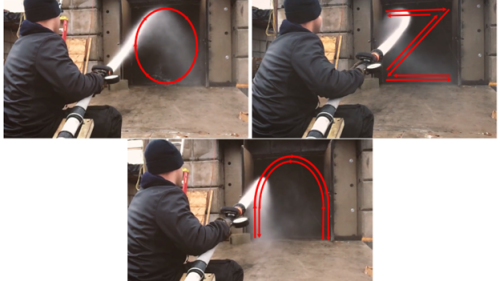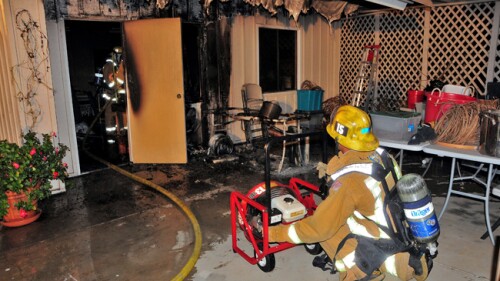Welcome to FireRescue1’s latest special series coverage on ventilation. I know ventilation can be a sticky subject to discuss around our firehouse kitchen tables, and we’re going to cover all of that with a lot of different content from a lot of different authors and different perspectives.
But before we do, I want to talk to you a little bit about the history of ventilation as it was taught to me. Well over 40 years ago, when my instructors were first explaining to me the importance of ventilation, they said there were two reasons for ventilation. One was to take the heat and smoke off of the firefighters that were trying to get in the building. And two, was to find the seat of the fire. There were no other reasons, there were no other explanations. That’s just the way it was.
We know a lot more today, and that’s what this special series coverage is going to help us all wrap our arms around it all. Whether it’s building construction or the different forms of ventilation, we’ve got it all covered here, whether you’re simply going to open a door for some natural ventilation, or maybe you’re going to attach either a positive or negative pressure fan here. Or maybe it’s some hydraulic ventilation through a window. Or maybe it means getting some people up on that roof.
But if you’re still one of those companies that’s a roof-hell-or-high-water company, then you too need to learn from departments who had similar policies in the past. Their lessons learned must not simply manifest as problems identified. Part of this special series coverage is about us all understanding all of those dynamics and helping each other go home every day.
One of the things those instructors 40 years ago told me was to take out all the windows. Take them all out. There wasn’t a plan for that. That was just what they believed was the right thing to do. This special series coverage should help us understand how flow path management has become much more of an identity of who we are and how we operate.
Keep safe, stay smart, and take care.

















